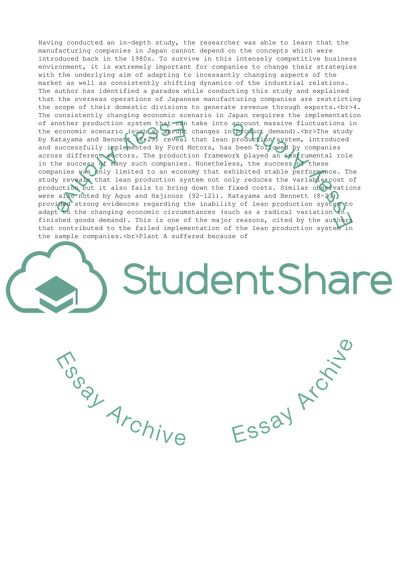Cite this document
(Operations management Assignment Example | Topics and Well Written Essays - 2000 words, n.d.)
Operations management Assignment Example | Topics and Well Written Essays - 2000 words. https://studentshare.org/management/1862387-operations-management
Operations management Assignment Example | Topics and Well Written Essays - 2000 words. https://studentshare.org/management/1862387-operations-management
(Operations Management Assignment Example | Topics and Well Written Essays - 2000 Words)
Operations Management Assignment Example | Topics and Well Written Essays - 2000 Words. https://studentshare.org/management/1862387-operations-management.
Operations Management Assignment Example | Topics and Well Written Essays - 2000 Words. https://studentshare.org/management/1862387-operations-management.
“Operations Management Assignment Example | Topics and Well Written Essays - 2000 Words”. https://studentshare.org/management/1862387-operations-management.


